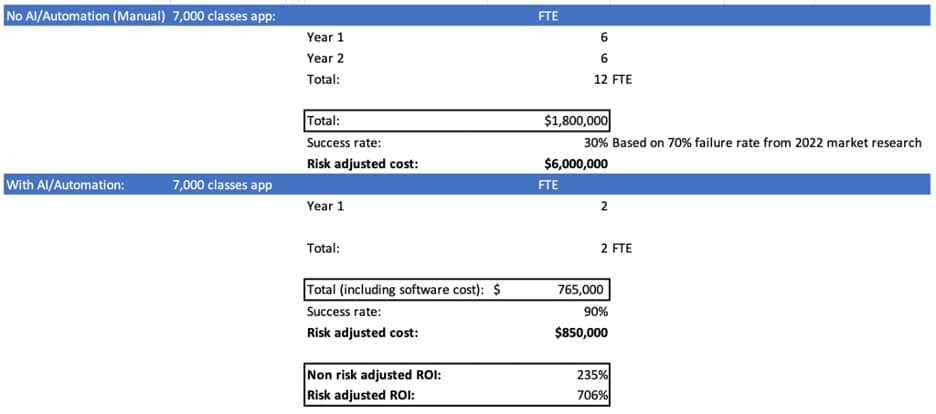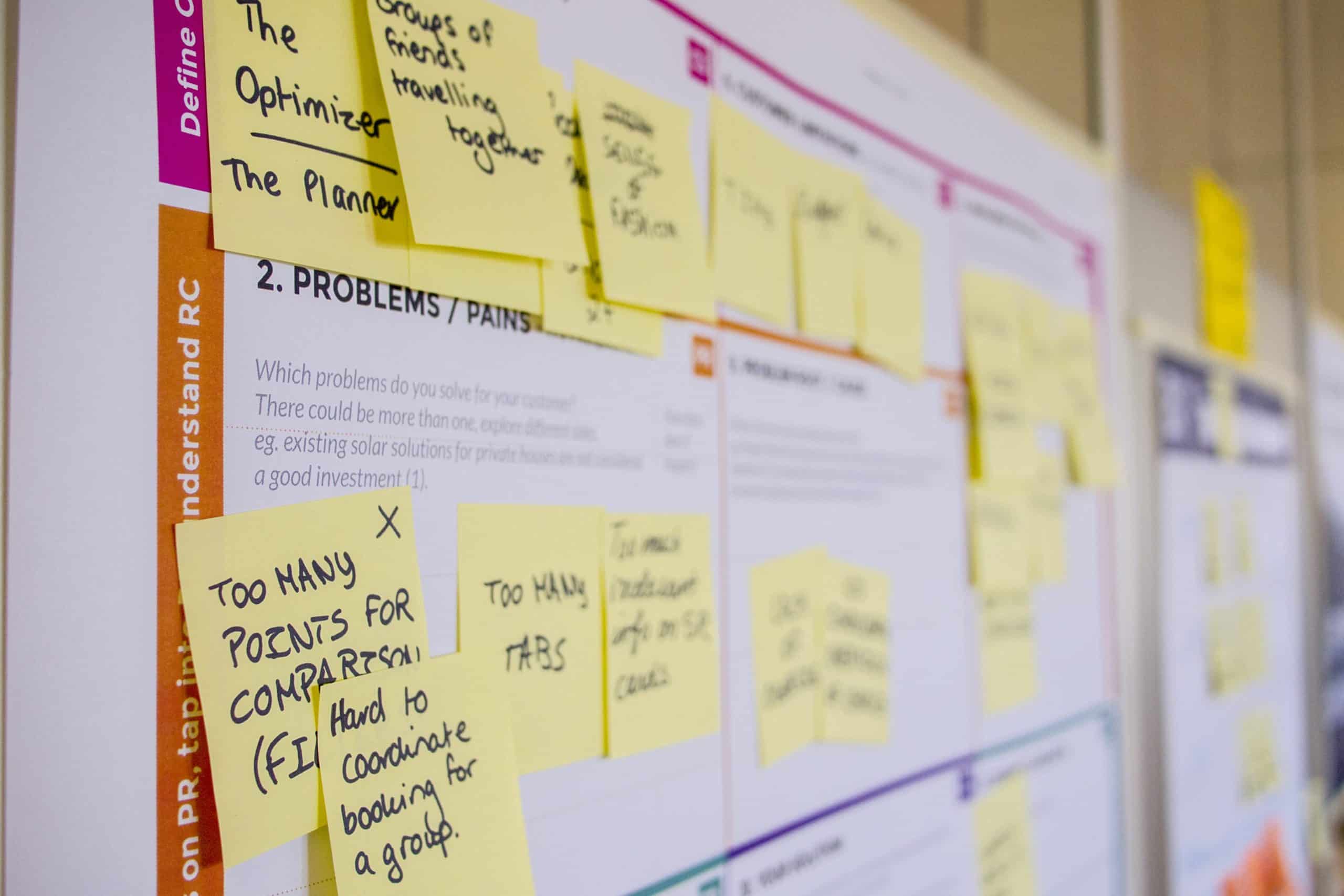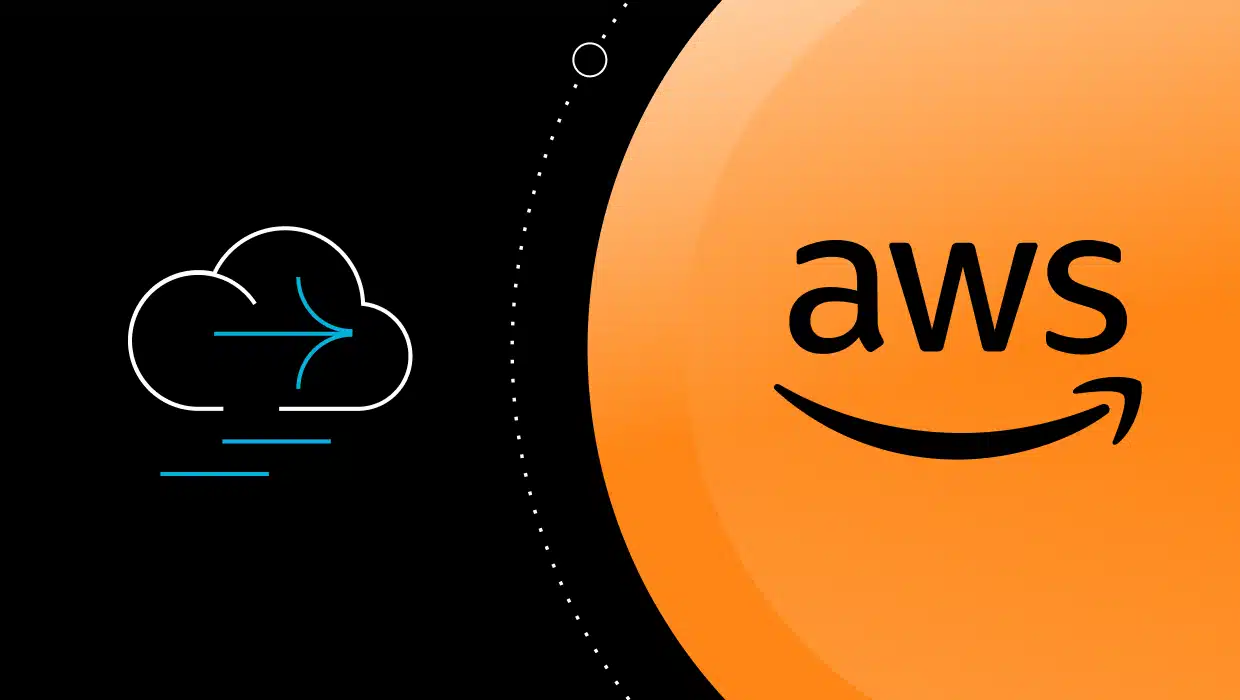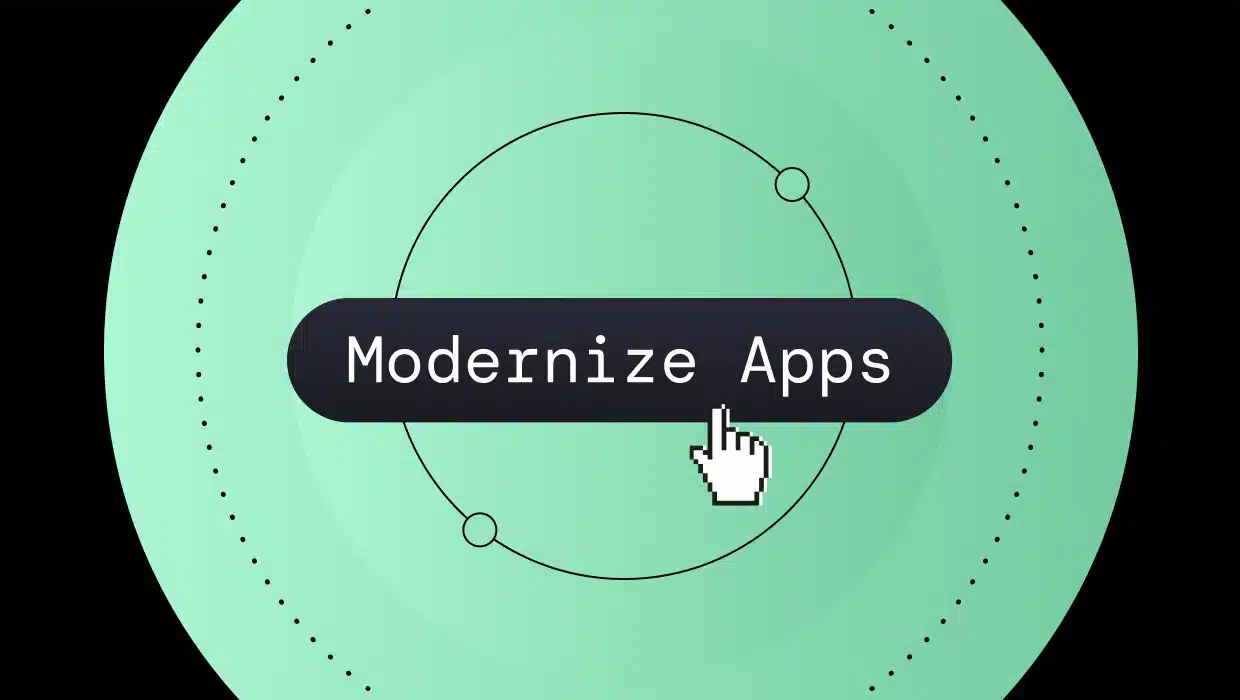Over the past few years, we at vFunction have been focusing on the most significant problem inhibiting the third wave of cloud adoption: app modernization.
The first wave of cloud adoption included new apps written for the cloud, the second wave focused on lifting and shifting the low-hanging fruit of apps that can relatively easily be migrated to the cloud, without code or architectural changes, and the third wave, which we are experiencing today, includes the modernization of massive legacy IT to take advantage of the modern cloud services.
When we say modernization, we refer to refactoring or rewriting applications to transform them from a monolithic architecture to microservices, allowing organizations to eliminate technical debt, increase engineering velocity, onboard new developers faster, and increase the scalability of applications.
In recent research we conducted, we found out what many executives know firsthand…that over 70% (!!) of application modernization projects fail, that they last at least 16 months (30% longer than 24 months) and that they cost on average more than $1.5m.
No wonder executives are reluctant to put their careers on the line and embark on these projects. The problem is that they are stuck between the rock and the hard place. If they don’t modernize, they may lose their job since they can’t address the business needs, their development isn’t agile, and they are not supporting their business’s vital need to be competitive. If they do embark on these modernization projects and fail, they may lose their jobs as well.
We believe that modernization that is assisted by AI and automation dramatically disrupts the above convention, and saves executives from the difficult dilemma of “modernize or die.” We’ve created a model that we believe supports this claim.
The research reveals that executives struggle with the length of projects, as well as the cost of projects. We find that using AI and automation to power modernization reduces the cost by 50%-66% and accelerates time to market by 10x-15x. We see this with our customers and have case studies to show this to be true (see our case studies). However, the research also reveals that risk is a very real obstacle for modernization projects, and this ROI model doesn’t address the significant risk reduction that comes with AI-assisted modernization.
One could argue that even without incorporating the risk factor the savings and acceleration of AI and automation justify the project, and I would agree with that, but when incorporating the risk factor it becomes a no-brainer.
Let’s use some numbers to substantiate this claim (see the chart below for the calculation).
Let’s say a medium-sized modernization project of an app that is 7,000 classes (medium complexity, as the number of classes, is a very good proxy for application complexity and possible technical debt) would cost about $1.8m, based on 6 FTEs for 2 years – which falls within the average modernization cost and length based on the Wakefield research.
The same project when using modern AI and automation tools will take only 1 year and requires only 2 FTEs (⅓ resources and half the time) based on our experience at vFunction.
When comparing the total cost of the project, ignoring the risk factor, the AI and the automation-powered project are less than half the price. That seems compelling, however, if we incorporate the risk factor to calculate the risk-adjusted cost we get very different numbers.
The $1.8m manual project has only a 30% success rate (conservatively, based on the research) which means we need to divide the $1.8m by 0.3 to get the true risk-adjusted cost which yields a $6m project cost.
The intuitive meaning of this higher cost is that the project is most likely not going to end in 2 years and not with 12 FTEs…but rather double that time with a lot more resources, therefore getting to a true cost of $6m.
When calculating the AI and automation-powered project cost, we should assume a 90% success rate and therefore the actual cost would be $765,000 divided by 0.9 yielding a true project cost of $850,000.
Now, comparing $6m to $850K…yields a massive ROI of 700%.

Modernization is indeed risky, lengthy, and costly, but incorporating AI and automation radically changes the economics and risk of these projects and can assist CIOs and CTOs in embarking on modernization projects that are controlled, measured, and have significantly higher chances of success.








